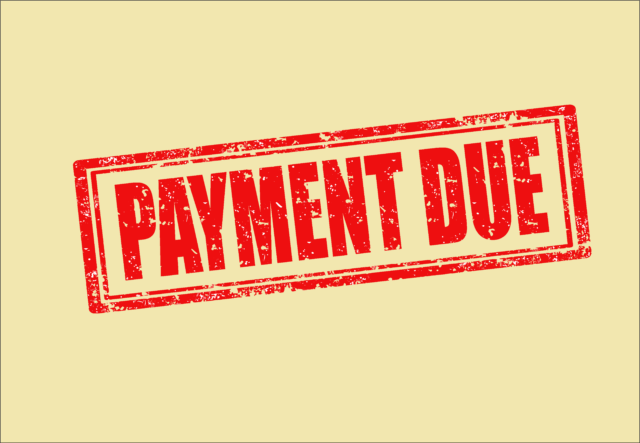
Reducing Disability Program’s Earnings Limit is Tricky
The purpose of federal disability benefits is to provide financial support to people who are impaired and can’t earn a living. But if they can work, the government wants to encourage them.
Striking the right balance is tricky when setting a limit on how much a beneficiary who works is permitted to earn under the program rules. If it’s too low, for example, some people with disabilities might work fewer hours or stop working altogether to get or keep the disability benefit.
But a low limit might have the opposite effect if fairly productive workers with moderate disabilities stay in the labor force because there is such a low ceiling on what they’re permitted to earn to supplement the small benefit.
A reduction in Hungary’s earnings limit in 2008 provided a clue to how people react to where that earnings limit is set. The limit in the national program covering people with moderate disabilities was slashed to 80 percent of the country’s minimum wage. Prior to the reform, they could make up to 80 percent of their prior earnings in the labor market. In practice, the new, lower cap on their earnings meant people with moderate disabilities would have to work much less if they wanted the benefits. (People with severe disabilities are in a different program.)
In a new study, researchers found that reducing the limit had a dramatic impact on how much people were deciding to work. After the change, the new entrants worked 7 percent fewer hours compared with the pre-2008 entrants, and they earned 16 percent less under the new policy.
Prior to the reform, the 12 percent of the working-age population on disability benefits was the highest rate in the developed world, raising questions about the program’s sustainability.
However, the reform did not, as the government apparently had hoped, reduce enrollment. The lower earnings ceiling on earnings did little to discourage more productive workers from applying for disability. There were only small differences in the types of people who applied before and after the reform.
A lower earnings limit clearly conflicts with a goal of encouraging work. The reform “discourages beneficiaries from fully utilizing their remaining work capacity,” the researchers concluded.
To read this study by Judit Krekó, Dániel Prinz, and Andrea Weber, see “Take-up and Labor Supply Responses to Disability Insurance Earnings Limits.”
The research reported herein was derived in whole or in part from research activities performed pursuant to a grant from the U.S. Social Security Administration (SSA) funded as part of the Retirement and Disability Research Consortium. The opinions and conclusions expressed are solely those of the authors and do not represent the opinions or policy of SSA, any agency of the federal government, or Boston College. Neither the United States Government nor any agency thereof, nor any of their employees, make any warranty, express or implied, or assumes any legal liability or responsibility for the accuracy, completeness, or usefulness of the contents of this report. Reference herein to any specific commercial product, process or service by trade name, trademark, manufacturer, or otherwise does not necessarily constitute or imply endorsement, recommendation or favoring by the United States Government or any agency thereof.






